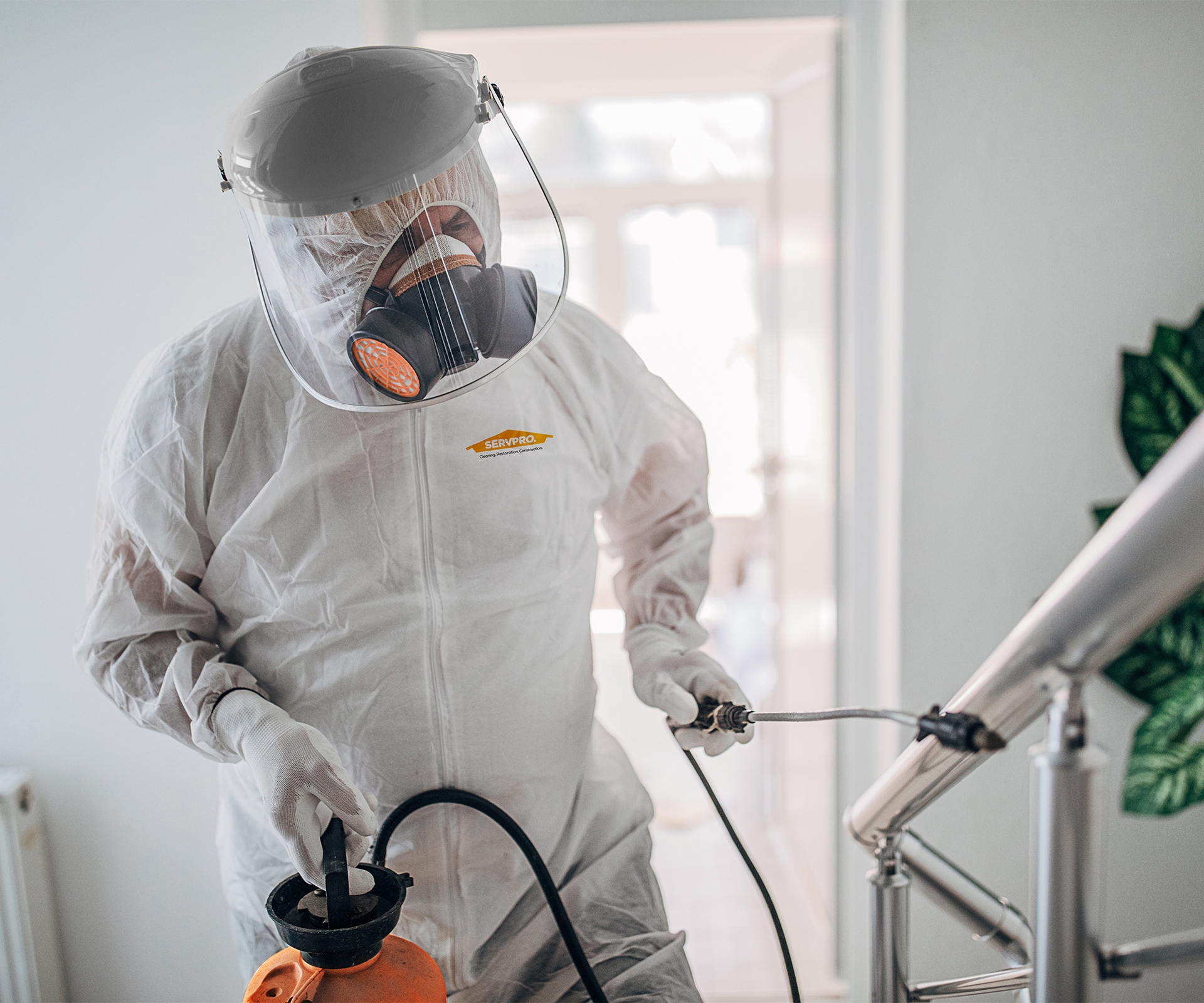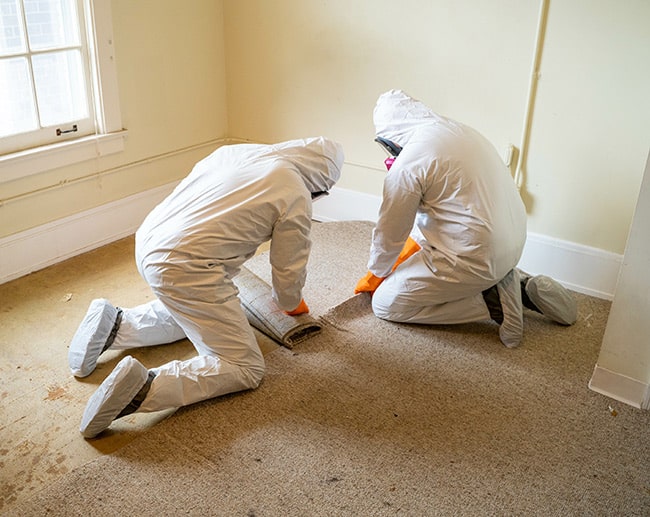Decomposition Death Clean Up: Specialized and Respectful Remediation
Decomposition Death Clean Up: Specialized and Respectful Remediation
Blog Article
Specialist Biohazard Cleaning and Purification for Blood, Bodily Fluids, and Hazardous Materials
The prospective health threats associated with exposure to biohazards emphasize the crucial requirement for careful handling and detailed cleaning. As we navigate the elaborate landscape of biohazard cleaning, comprehending the subtleties of guidelines, conformity, and the specialized devices at play becomes necessary in guaranteeing a risk-free and thorough purification process.
Wellness Threats of Biohazard Exposure
Direct exposure to biohazards presents substantial wellness risks that can result in severe effects for individuals and communities alike. Biohazards incorporate a wide variety of biological materials, including blood, physical liquids, mold and mildew, microorganisms, infections, and other potentially infectious materials. When people enter into call with these biohazards, whether with accidents, improper handling, or ecological direct exposure, they encounter the risk of contracting major illnesses or illness.
One of the primary health and wellness threats connected with biohazard direct exposure is the transmission of contagious conditions. Bloodborne virus such as HIV, liver disease B and C, and various microorganisms can be present in biohazardous materials, positioning a direct hazard to human health and wellness. Inhaling air-borne biohazards like mold and mildew spores or entering into call with polluted surface areas can additionally cause breathing concerns, allergies, and various other damaging health results.
Additionally, biohazard exposure can have long-lasting health and wellness effects, with some diseases manifesting years after the preliminary get in touch with (Blood Cleanup). For that reason, it is essential to focus on correct biohazard cleaning and decontamination to minimize these wellness dangers and ensure the security of areas and people

Specialized Training for Biohazard Clean-up
When it concerns handling biohazard cleaning efficiently and safely, specialized training plays a basic function in making certain proper purification treatments are followed. Biohazard clean-up calls for certain knowledge and skills to efficiently alleviate threats connected with bloodborne pathogens, bodily fluids, and hazardous products. Specialists learnt biohazard cleaning undergo extensive guideline on just how to securely take care of, get rid of, and take care of biohazardous materials to stop contamination and direct exposure.
Specialized training for biohazard clean-up covers a variety of important topics, including proper personal safety equipment (PPE) usage, bloodborne pathogen awareness, purification strategies, and harmful waste disposal protocols. Individuals trained in biohazard cleaning are furnished with the needed knowledge to assess contamination levels, recognize prospective hazards, and execute suitable clean-up treatments in compliance with regulative criteria.
Constant training and education are critical in the area of biohazard cleanup to stay upgraded on the most up to date decontamination technologies, safety methods, and regulations. By purchasing specialized training, biohazard cleanup experts can efficiently react to emergency clean-up circumstances and secure both public health and the environment.
Relevance of Correct Decontamination Techniques
Using proper purification techniques is important in biohazard cleanup to effectively minimize and remove unsafe products health and wellness threats. Reliable decontamination not just ensures the removal of visible traces of blood, physical fluids, and other biohazards however additionally targets unnoticeable pathogens that might pose major wellness hazards if not properly eliminated. By adhering to strict purification methods, trained experts can dramatically lower the risk of exposure to hazardous microorganisms, infections, and germs that could result in illness or infections.
Correct purification methods involve making use of specialized tools and anti-bacterials that are particularly developed to counteract biohazards properly. Extensive cleansing and disinfection of polluted locations are vital to avoid the spread of pathogens and ensure a risk-free atmosphere for occupants. Additionally, the appropriate disposal of biohazardous waste adhering to decontamination treatments is vital in preventing contamination of other surfaces or people.

Equipment and Tools for Safe Clean-up
When dealing with blood, bodily liquids, or hazardous materials, biohazard cleaning specialists rely on specialized gear to minimize exposure dangers and thoroughly decontaminate the afflicted area. Furthermore, biohazard cleansing sets having anti-bacterials, absorbing materials, and biohazard bags are utilized to securely consist of and get rid of of infected things.
Advanced cleaning tools like hospital-grade anti-bacterials, HEPA-filtered vacuum cleaners, and fogging equipments are employed to sanitize surfaces and get rid of biohazards properly. Specialized tools you can look here such as sharps containers and biohazard garbage disposal bins are made use of to securely handle sharp items and biohazardous waste materials. By using the best devices and devices, biohazard cleaning experts can ensure a comprehensive cleanup process that prioritizes security and minimizes wellness threats for both employees and owners of the affected room.
Laws and Conformity in Biohazard Cleansing
Correct adherence to policies and conformity criteria is critical in biohazard cleansing to guarantee the safety and security of both personnel and the setting. Government companies such as OSHA (Occupational Safety and Health And Wellness Management) and the EPA (Environmental Protection Firm) have developed particular guidelines for biohazard cleanup procedures to minimize wellness threats and environmental contamination. These regulations cover a variety of facets including the handling, transport, and disposal of biohazardous products, as well as the needed training and safety tools required for workers involved in the clean-up process.
Biohazard cleaning business should stay up-to-date with these laws to ensure that their operations fulfill the required security criteria. Failing to adhere to these guidelines can cause serious consequences, consisting of penalties, legal activity, and threatening the health of individuals and the setting. By adhering to rigid guidelines and conformity actions, biohazard cleansing firms can properly minimize threats and make sure a detailed and safe clean-up process for all events included.
Conclusion
In conclusion, biohazard cleansing and decontamination call for specific training, webpage proper techniques, and adherence to regulations. Direct exposure to blood, bodily liquids, and hazardous products positions considerable health dangers, making it vital to make use of the appropriate tools and tools for safe cleanup. By complying with stringent methods and guidelines, professionals can properly reduce the threats related to biohazard direct exposure and ensure the safety and security of both themselves and others.
As we navigate the complex landscape of biohazard clean-up, understanding the nuances of policies, conformity, and the specialized devices at play comes to be important in ensuring a comprehensive and secure decontamination procedure. (Blood Cleanup)
When it comes to dealing with biohazard cleaning effectively and safely, specialized training plays an essential role in making certain correct purification treatments are adhered to.Utilizing appropriate decontamination techniques is crucial in biohazard clean-up to properly decrease and eliminate harmful materials health threats. Furthermore, biohazard cleaning sets containing disinfectants, absorbent materials, and biohazard bags are used to securely consist of hop over to here and get rid of of polluted products.
Government agencies such as OSHA (Occupational Safety And Security and Health Management) and the EPA (Environmental Defense Agency) have actually established specific guidelines for biohazard clean-up procedures to decrease wellness threats and environmental contamination.
Report this page